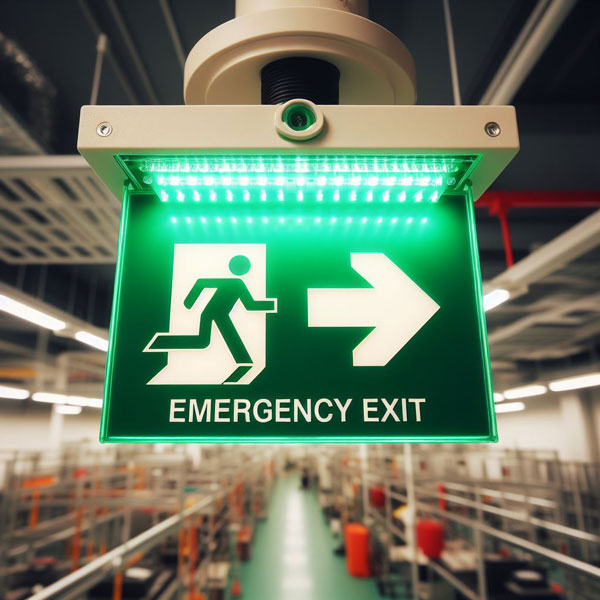What is emergency lighting

Emergency lighting serves the crucial function of activating automatically during power outages or emergencies when regular lighting is unavailable. Its installation is commonplace in structures like hospitals, schools, office blocks, apartment buildings, shopping malls, theaters, and airports. The primary purpose is to provide illumination for evacuation and safety procedures in case of an emergency.
Systems for emergency lighting commonly incorporate backup power sources, such as batteries or generators. They operate in two modes: maintained (constantly on) or non-maintained (activated solely during emergencies). Various forms of emergency lighting include exit signs, high-intensity floodlights, or low-level ambient lighting strategically placed to guide individuals safely out of a building or towards designated safe areas.
The necessity for emergency lighting is dictated by Australian building codes and safety regulations. This ensures the safety of occupants during emergencies, especially in areas where large crowds gather or where the risk of fire and other hazards is elevated. Compliance with these regulations is paramount to maintaining a secure environment.
Activation of emergency lighting plays a critical role in safeguarding lives by providing visibility when standard lighting fails. These systems contribute significantly to the overall safety protocols within a structure, aiding in prompt and secure evacuations during unforeseen circumstances such as power failures, fires, or other emergencies.
Emergency lighting systems are designed with features for seamless transition between regular and emergency operation. Integration of technologies like automatic testing ensures reliability and readiness, crucial for overall safety protocols within a structure.
The types of emergency lighting fixtures vary, catering to different safety needs. Exit signs are a common form, clearly indicating escape routes. High-intensity floodlights are placed strategically to provide ample illumination in critical areas, while low-level ambient lighting ensures visibility without causing panic during evacuation.
Compliance with established standards and regulations is essential in the installation and maintenance of emergency lighting. Regular inspections, testing, and adherence to guidelines help ensure that these systems remain in optimal working condition, ready to fulfill their vital role in emergency scenarios.
Emergency lighting contributes significantly to the overall safety strategy of a building. It goes beyond merely meeting regulatory requirements, playing a crucial role in minimizing risks and enhancing the ability of individuals to navigate safely through a structure during unexpected events.
Disclaimer
This information is provided with the expectation that individuals will independently evaluate and validate all inforrmation with accredited experts. Exiting assumes no responsibility for any harm, losses, or damages resulting from the utilization or dependence on this information .